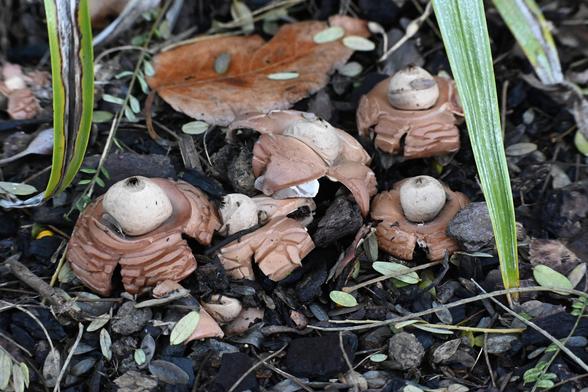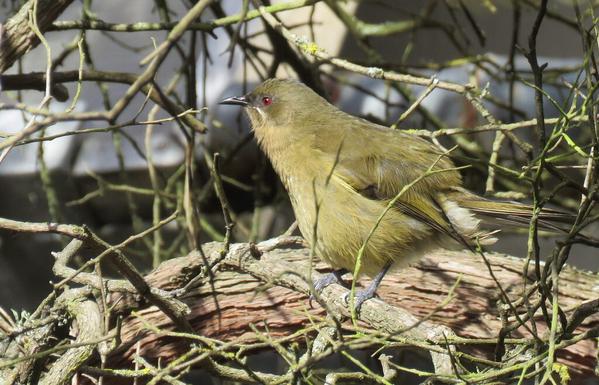A female korimako (NZ bellbird) has been spotted at #LincolnUniversityNZ! These photos were taken on our campus on Tuesday by student William Harland. I checked on #iNaturalistNZ and, of the 153 korimako observations from Lincoln town and surrounds, this is the only the second female bird seen in Lincoln, and the first on the university campus. The other bird was seen in 2023.
All the korimako I see on campus, and all the others that have been photographed closely enough to tell on iNat, have all been males. They tend to spread out from the Port Hills outside of breeding season, and disappear from Lincoln in the Spring and Summer and head back to the hills.
If females are now down here exploring, there's a chance they'll pair up with males and breed in Lincoln, which would be exciting.
(Female korimako have the elegant pale cheek stripe that males lack.)
https://inaturalist.nz/observations/304136212


